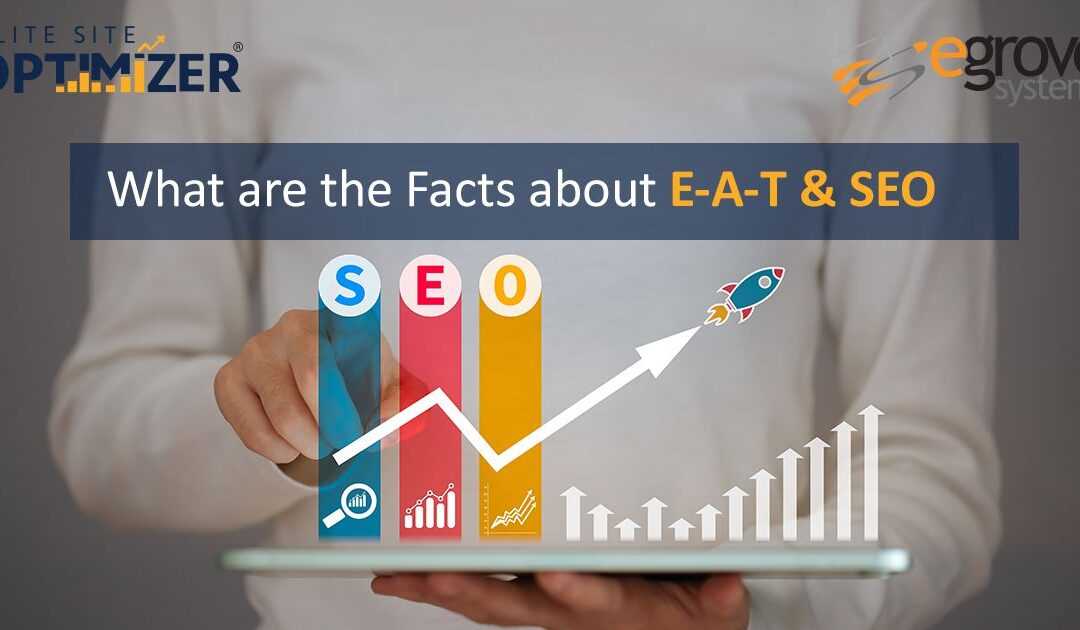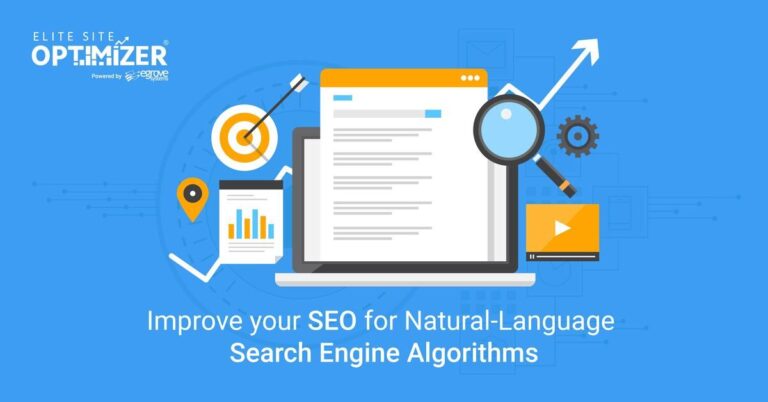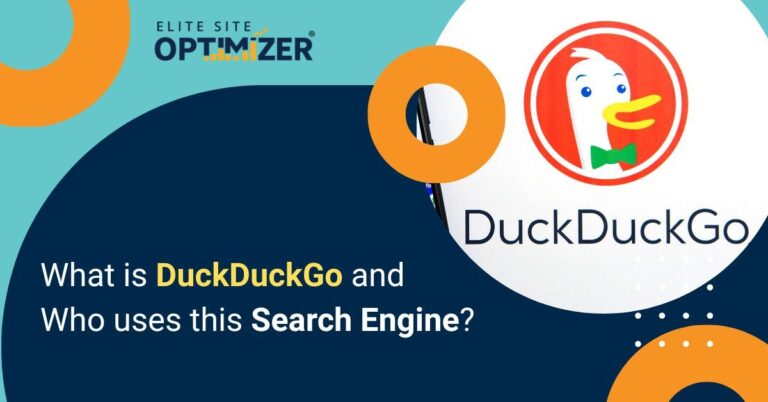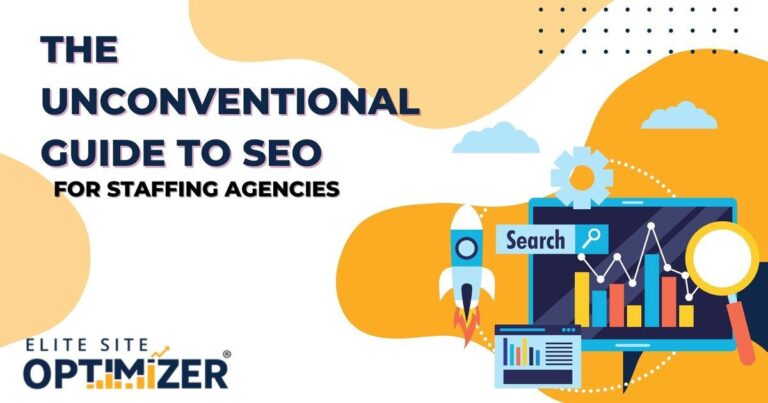For many years, digital marketers have been plagued by the question – of ‘what Google wants.’ The precarity of the Google Core Updates and algorithms is such that even before you begin to grasp their nuances, a new change knocks at your door, jeopardizing your entire SEO strategy. However, all of the hassle ‘halts’ if you understand the three factors that play the most pertinent role in determining the quality of a page – that is, E-A-T.
Whether you are an SEO veteran or a novice, you have heard the acronym E-A-T floating around. Well, E-A-T is the abbreviation of Expertise, Authoritativeness, and Trustworthiness. Although Google does not have a specific E-A-T score or tangible algorithm, the phenomenon has transformative capabilities that can significantly affect a page’s SERP rankings. So, if you want to know the A to Z of E-A-T and its relevance for SEO in 2023, then read ahead!
E-A-T: A Breakdown
People first began talking about E-A-T in August 2018, and since then, there has been no turning back. However, expertise, authoritativeness, and trustworthiness, also referred to as the term E-A-T comes from Google’s SQEG or Search Quality Rater Guidelines. It is a 168-page document originally aimed at helping human quality rates evaluate the quality of Google’s research results. Google published the document in 2013 to help ‘webmaster’ gauge what the Search Engine Kingpin is looking for in a webpage. Thus, in other words, E-A-T helps establish the quality of a webpage, which is premised on the three obvious pillars – expertise, authoritativeness, and trustworthiness.
- Expertise
In E-A-T, expertise means having a high level of knowledge or field. It is mainly evaluated at the content level, not the website level. Google wants content to be created by a subject matter expert. The ‘expertise’ metric has special relevance for YMYL (Your Money or Your Life) pages, which are topics of web pages that could have a real-life influence on users. For example, topics related to health, law, finance, etc.
Thus, for YMYL topics, ‘expertise’ vis-à-vis the content creator’s formal competencies, qualifications, and education are a priority. For example, a cosmetologist is more qualified to write about skincare as opposed to a skincare enthusiast who simply likes trying out products. Likewise, for non-YMYL pages, it is about demonstrating relevant life experience and ‘everyday expertise.’
- Authoritativeness
The ‘E’ in E-A-T stands for authoritativeness. As per SQEG, authority is about reputation. Simply put, when netizens visualize an individual (person) or a website as their go-to source of information about a topic, an ‘authority’ is established. To examine the authority of web pages, rates scour the web for insights into the site’s or individual’s reputation. Reviews, testimonials, expert recommendations, news articles, etc., written by credible individuals about the website are regarded as reliable sources of the site’s authority. When doing so, raters are advised to look for independent sources.
- Trustworthiness
Trustworthiness in E-A-T revolves around the legitimacy, transparency, and accuracy of the website and its content. Google’s Search Quality Evaluators always consider an assortment of things to gauge trustworthiness, including whether the website mentions who is responsible for published content. Such openness is especially important for YMYL queries. Needless to say, YMYL pages demand a high degree of trust. Thus, they must be backed with satisfying credentials of who is responsible for the site’s content. Contact information is something that plays an important role.
Now that we have broken down the facts about EAT, let us see its relationship with SEO
Read also:-Google Coati Algorithm Best Practices: Tips for Improving Your Website’s Quality
E-A-T and SEO: An Overview
E-A-T can bolster search engine optimization in many ways, including –
1. Quality improvement
As it is quite clear from the above discussion, the underlying bedrock of E-A-T is to ensure that the webpages and websites on Google maintain a certain decorum vis-à-vis quality. In fact, a lack of E-A-T is the first indicator of low-quality content and is something that Google’s Search Quality Evaluators prioritize. On the contrary, when the SQEs realize that the web page’s quality is satisfactory, it is automatically pushed to the top of the SERP rankings. As we all know, the top-ranked webpages on Google have a click-through rate of 18.2 percent, which is quadruple times higher than those at the bottom.
2. Impact on SEO
In 2019, Google confirmed that E-A-T plays a tangible role in SERP or search engine rankings. Google does not directly measure E-A-T via its algorithm. Instead, a host of metrics or factors come together to indicate the E-A-T stature of a website. Google’s algorithm is designed to hunt for E-A-T indicators in multiple areas and then rank pages accordingly. Sites with a robust E-A-T score mean a higher position in search engine results, which ultimately means 300 times more organic traffic vis-à-vis alternative digital marketing channels.
3. Users Appreciate E-A-T
Last but not least, E-A-T (expertise, authoritativeness, and trustworthiness) are three dimensions that internet users organically look for when browsing through websites and webpages. For instance, nobody would willingly provide their credit card information to an eCommerce site that does not follow industry-standard security protocols. Simultaneously, people seeking medical advice online would automatically include expert opinions with authority in the domain and trustworthiness among the public. Thus, by improving your website’s E-A-T, you enhance the user experience by leaps and bounds.
Ways to Improve and Demonstrate E-A-T: A Glance
Let us wrap up the article by glancing at some feasible ways to improve and demonstrate E-A-T.
- Building more links
- Keeping content up to date
- Fact-checking
- Hiring experts
- Getting more reviews
- Showing contact details
- Flaunting credentials
- Getting more mentions or backlinks
So, there we have it, a crisp overview of E-A-T for SEO.







